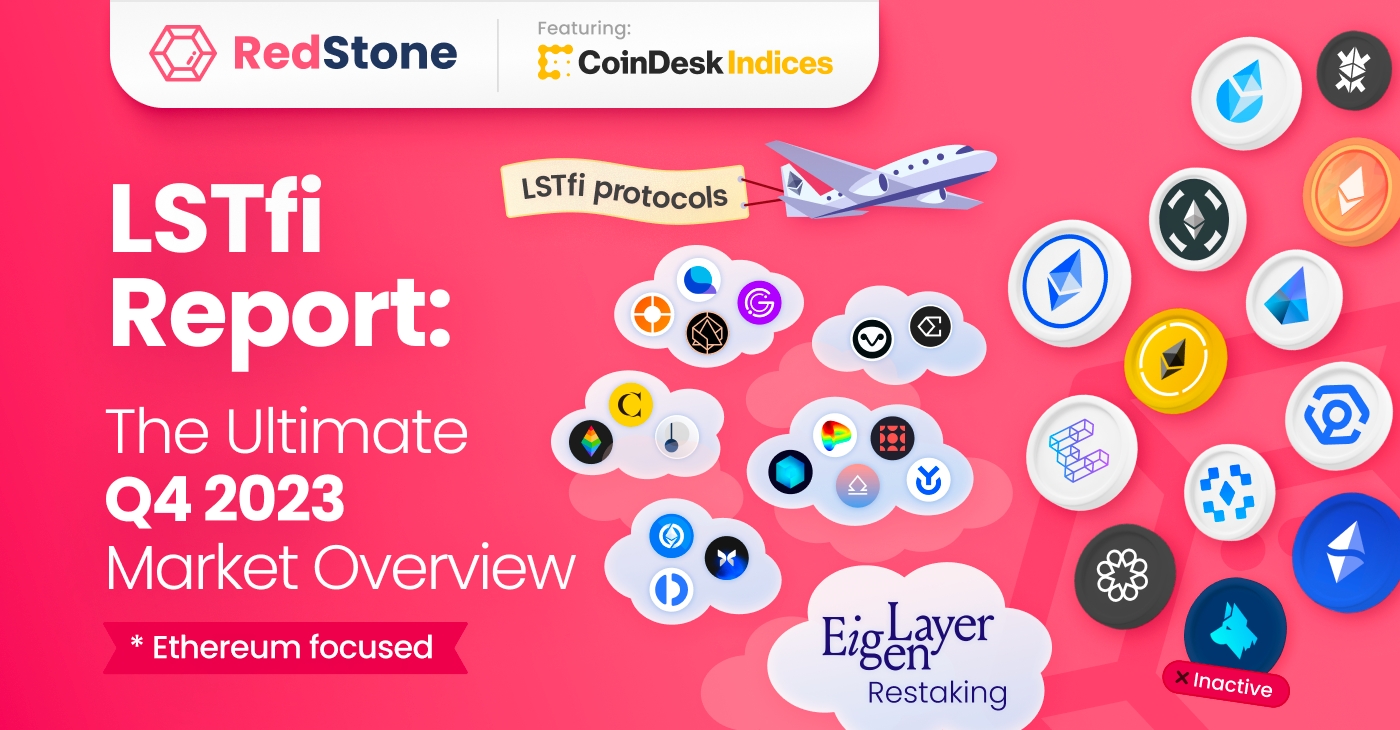Liquid Staking Unveiled: A Simple Guide:TL;DR for RedStone's LstFi report

Liquid staking dominates the decentralized finance (DeFi) space with a staggering $22.4 billion in Total Value Locked, primarily linked to Ethereum. It's the hassle-free method for individuals to engage in cryptocurrency staking without grappling with intricate validator nodes or hardware intricacies.
Here's the breakdown:
Understanding Liquid Staking:
Protocols generate Liquid Staking Tokens (LSTs), tradable assets like stETH, rETH, WBETH, or cbETH, fueling inventive yield strategies within the DeFi subset, known as LSTfi.
Diverse Landscape:
Leading the pack is Lido, alongside decentralization enthusiasts like Rocket Pool. Contrastingly, major players like Coinbase and Binance bring centralized elements into the mix. The landscape further includes various lending platforms, stablecoins, indexes, and yield aggregators.
Role of Blockchain Oracles:
Vital to LSTfi, Blockchain Oracles supply secure and accurate data to DeFi applications. Price feeds from Oracles are instrumental in determining collateral value.
Game-Changer: Restaking:
EigenLayer takes the lead in addressing risks like validator slashing and operational challenges. This innovative concept has the potential to reshape crypto-economic security and the broader DeFi landscape.
Centralization Concerns:
A notable concern is Lido's substantial market control (31.4%). New entrants emphasize decentralization, allowing users to deposit stETH and swap it for the protocol's native token upon mainnet launch.
Last updated